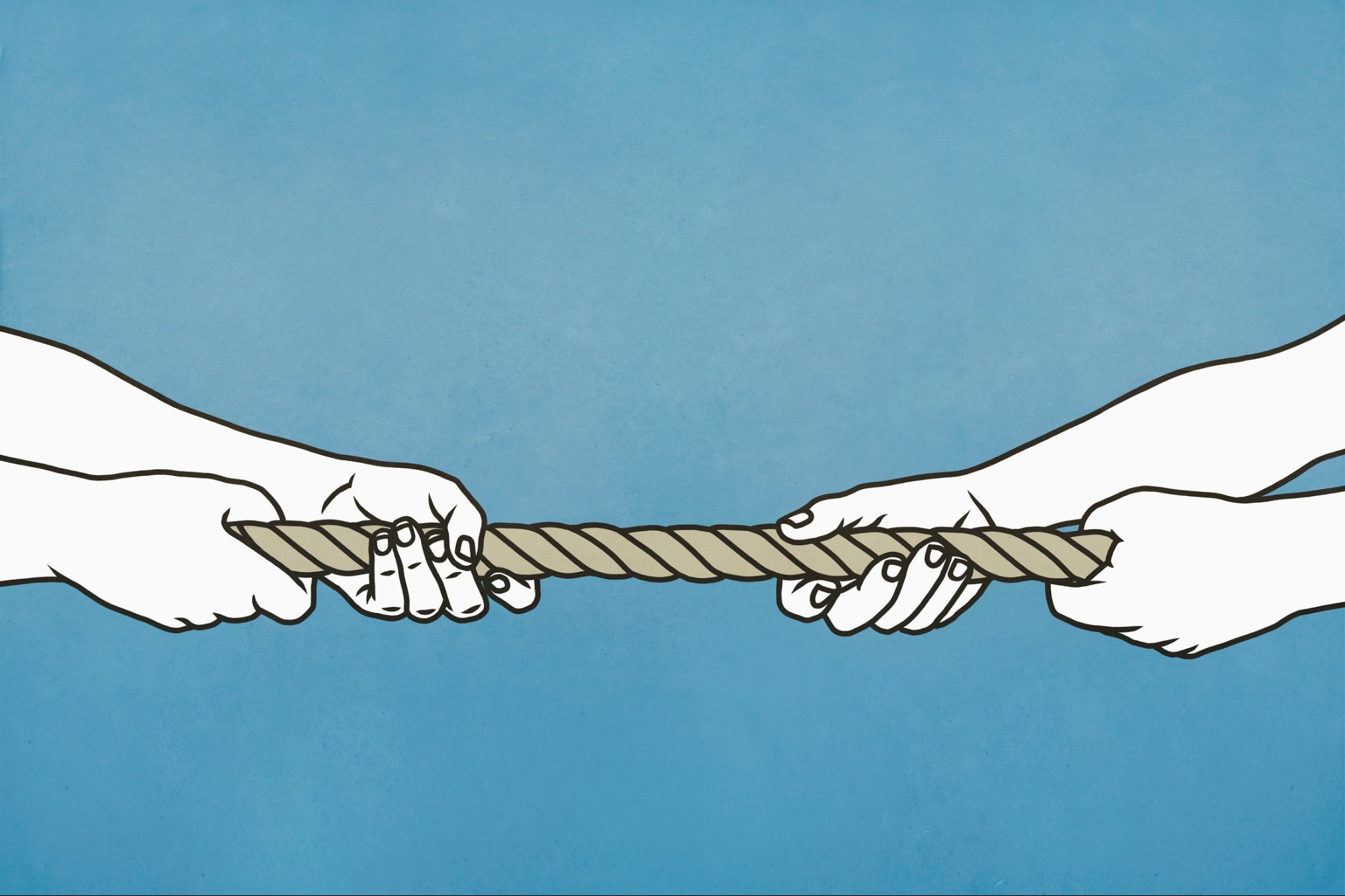5 min read
Opinions expressed by Entrepreneur contributors are their own.
Defining your business’s enemy may seem combative, but it’s really about giving you a focus: something to push against. Throughout my 30-year career in advertising, I worked on brands that had fantastic, well-defined enemies and brands that had none.
It was always easier to conceptualize creative ideas around the brands with enemies. When I left advertising to launch my own brands, we defined our enemy as part of our brand story. For Isle de Nature, my bee-powered home-fragrance company, our enemy is the “cheap thrill”: toxic-burning, cheap-scented candles. They seem great on the surface, but ultimately leave you feeling “icky.” This is a perfect platform for Isle de Nature to push against, as our candles are cleaner burning and high quality with pure beeswax from Dominica.
Related: 9 Sales and Marketing Tips for Startups
How can having an enemy help your business?
Having an enemy can really help you create a differentiated brand, which is so important for every category these days, and carve out a unique and ownable whitespace. In fact, there are many brands that have been built almost exclusively by clearly defining their enemy — and messaging around it. Take JetBlue, for example. When JetBlue launched, the company was all about democratization of flying and making it human again. The enemy was the impersonal and inhuman experience most other airlines deliver, which is still very relevant today, unfortunately.
The JetBlue example reveals that the enemy is often not a competitor. It can be though — just look at how Burger King likes to go after McDonalds. Many challenger brands will pick on a competitor as a way to get traction and validity. If you’re old enough, you will remember all of the famous Coke versus Pepsi ads. But if you’re not a challenger brand or it’s not in your DNA to pick a fight with a direct competitor (or maybe that competitor doesn’t have a clear Achilles’ heel), then you need to find another enemy, ideally one that you can own. Some of the most compelling enemies are a mindset, trend or category truth.
Look at Progessive Insurance. Progressive’s enemy was nameless, faceless, unsatisfying transactions that dominated the insurance category. Does anyone remember the advertising before Flo? So, what was the solution? Progressive gave the brand a face, a personality (Flo) and made it feel like an in-store retail purchase. This was a brilliant solution to a category issue and helped catapult Progressive above the loads of “sea of sameness” insurance companies. Over time, as the category catches on and catches up, you may need to find a new enemy. Unlike brand values, your enemy doesn’t need to be set in stone forever. The best enemy taps into a relevant truth that reflects our current cultural reality.
How do you go about figuring out your enemy?
The perfect enemy is usually a formidable one. It’s one that, once defeated, creates a breakthrough for your brand and results in a category of one. It may also be your biggest barrier and potentially your biggest challenge. A good enemy should be a rallying cry for the company — something you could put on a T-shirt and get everyone excited to be on board to fight against. A good enemy should inspire. It should create action. And it should be tangible and lead to clear communication.
A good enemy will also create a closer community with your employees; they are fighting the same thing. Your enemy will hold you accountable, and it will be clear if you are gaining traction against it or not, which is a good thing because people crave transparency. Ultimately, your enemy also lets your customers know what you believe in. People like to join a good cause, so if your enemy is relevant, you will find people wanting to be part of your “fight.”
Remember Dove’s award-winning real-beauty campaign? The company had a clear enemy: the retouched, perfect models that the beauty industry promotes (and has promoted forever). Dove was one of the first beauty brands to embrace real women, and it led other brands to do the same. Consumers wanted to take part in the movement too. By going up against the beauty industry, Dove established a platform to talk about the very definition of beauty and have a point of view on just about anything, from biases to myths to diversity. Given that the industry is a tough enemy to beat, Dove will have years to evolve that messaging before it gets stale.
By now, you might be intrigued by the concept of an enemy, but you’re still not sure where to start. You might find inspiration from other brands, consumers or even your own frustrations (like the famous story of how Uber started). Or you might find some inspiration from movies or novels, which frequently have a “villain.” Superhero movies are great because often the villain represents a bigger problem.
Getting the people who know your brand best in a room (or Zoom) to hash out who your real enemy is can be very effective. I usually recommend including some consumers, investors and advisors in this exercise. Whatever way you find your enemy, it just needs to feel true (not contrived) and make your team believe you can vanquish it.
So who is your enemy? Put it out there and take it on.
Related: 5 Tips for Better Email Marketing Performance
